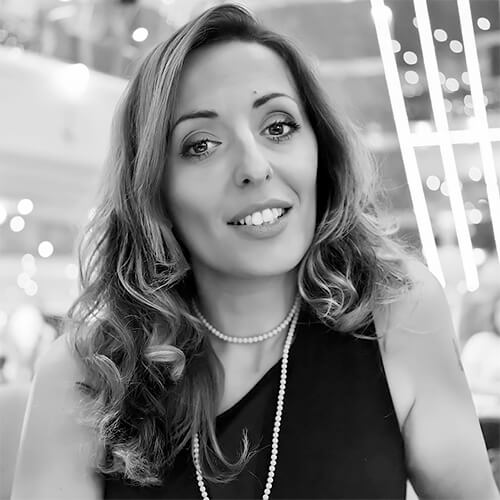Born in 1974, in Messina, Italy to a family involved in the arts. After obtaining the artistic High School degree in 1992 she studied in Paris, at the Atelier Peninghen, ESAG. She received a Bachelor of Arts, in 1999, at the School of Arts in Italy, where she started photographing with film.
Her photographs have been selected for several group exhibitions in Italy, USA, Canada, France, Australia, Argentina, Israel, Turkey and Denmark. In 2013 she had her first solo exhibition at the Galerie Focale, in Nyon, Switzerland.
A print of her piece from The Inner Invisible series has been auctioned at Snap! Toronto 2014. Two other prints are part of the photography collection of the Bibliothèque National de France.
In November 2013 she won the Grand Prix de Découverte, Abstract category. In 2011 she was the overall winner of the Julia Margaret Cameron Award and Amateur Photographer of the Year in United Kingdom. She was also finalist, shortlisted or first place category winner at several other international competitions.
Her photographs have been published in several magazines, such as CNN, Resource Magazine, Amateur Photographer, Fotografia Reflex, National Geographic, Digital Camera Bookazine Black&White vol. 2, and Drome Magazine.
She presently live in Messina. She works between Italy and Paris.
